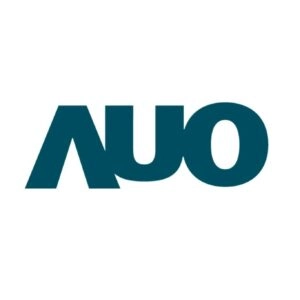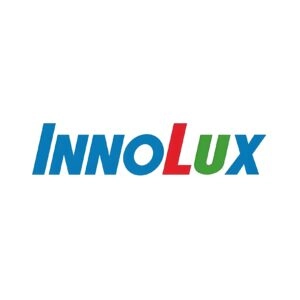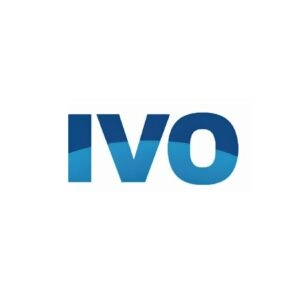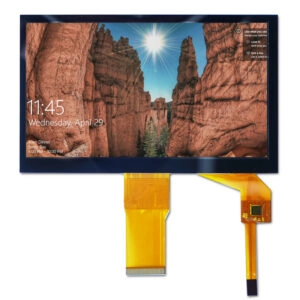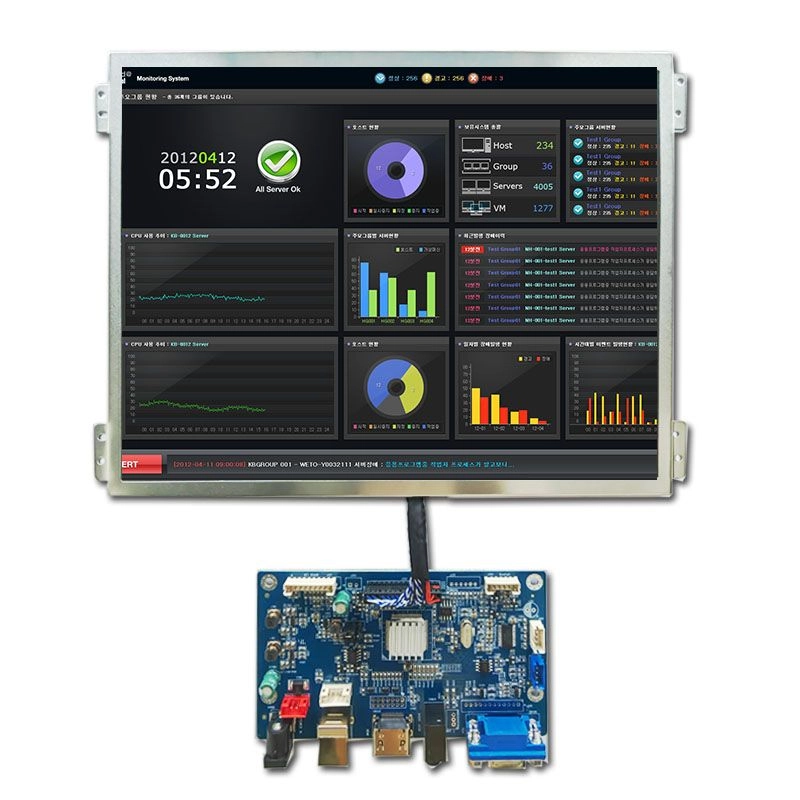In the field of industrial design, choosing the correct screen type strongly impacts how embedded systems, control panels, and human-machine interfaces (HMIs) perform, endure, and interact with people. Thin Film Transistor (TFT) screens and Active Matrix Organic Light Emitting Diode (AMOLED) screens serve as two main choices. Each offers special features that suit harsh industrial places nicely.
As areas such as manufacturing, automotive, and healthcare shift to smarter and more fluid work flows, understanding the tiny gaps between TFT and AMOLED becomes crucial. This aids in improving product quickness and lasting time.
What is a TFT Display?
Overview of TFT Technology
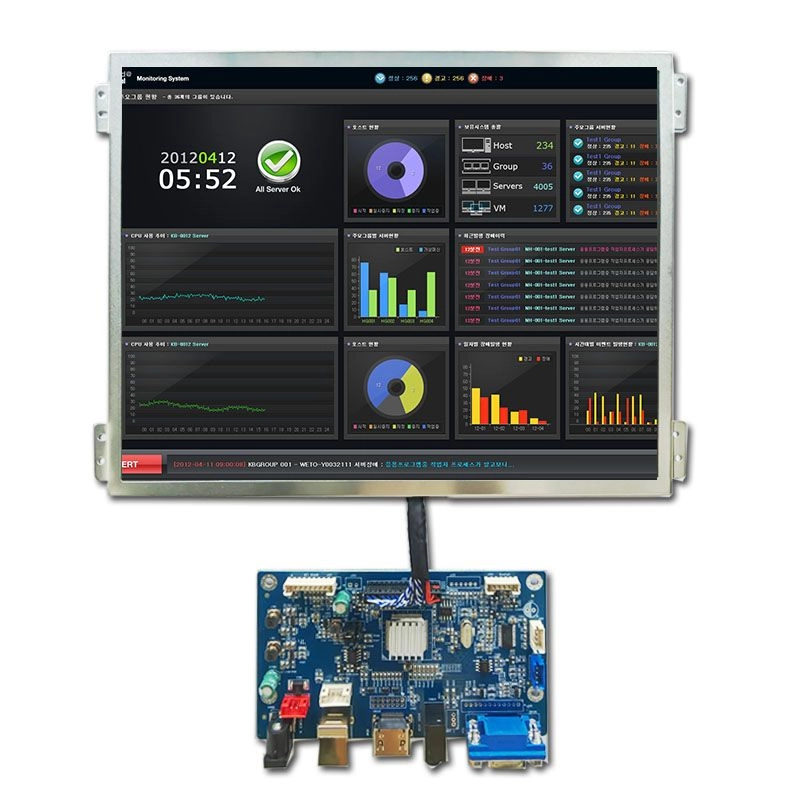
A Thin Film Transistor (TFT) display acts as one kind of Liquid Crystal Display (LCD) technology. It employs numerous thin-film transistors to manage pixel lighting precisely. Each pixel contains red, green, and blue sub-pixels. Transistors change brightness by controlling light passage from an inner backlight. This backlight, usually LED style, delivers uniform glow across the entire screen. Therefore, TFT displays turn popular in tasks that demand reliable viewing under various light situations.
Scalability and Industrial Integration
TFT technology stands out in size variety. Plants produce sizes from tiny 1.8-inch units to large 55-inch panels without trouble. For instance, Miqidisplay‘s TFT LCD collection includes sturdy choices like the 1.8-inch SPI TFT module with 128×160 resolution and an SD card slot. Users design these for embedded systems and IoT devices.
These screens manage connections such as RGB, MIPI, and HDMI. They blend easily into Raspberry Pi sets or unique driver boards. In plant environments, TFT panels from suppliers like Miqidisplay cope with broad temperature spans (-20°C to 70°C) and solid structures against impacts. They remain trustworthy on bumpy plant grounds or outside monitoring locations.
Manufacturing Strength and Quality Control
TFT production has reached full growth. It provides large volume smoothly. Certifications like ISO-9001 and TS-16949 stress tight quality reviews in factories that supply over 200 countries. This sets TFT as a core selection for industrial layouts that stress strength and broad matching.
What is an AMOLED Display?
Fundamentals of AMOLED Technology
Active Matrix Organic Light Emitting Diode (AMOLED) displays apply organic materials that shine when electricity touches them. They avoid the backlight completely. Every pixel operates alone. This permits exact on-off management. It achieves unlimited contrast degrees and pure blacks.
Stacks of organic substances rest between electrodes. AMOLED panels generate vivid colors through electroluminescence. Sub-pixels illuminate on their own without external aids.
Industrial Applications and Variants
In plant tasks, AMOLED’s self-glow excels in compact, clear modules. Miqidisplay provides AMOLED kinds like the 2.4-inch color OLED with MIPI/SPI interfaces (240×320 resolution) and flexible 1.03-inch modules (312×98 pixels, 500 nits brightness).
These screens include on-cell touch and function effectively in low-energy situations. They match portable medical tests, vehicle dashboards, or embedded IoT panels. Unlike passive-matrix OLEDs, AMOLED’s active-matrix TFT foundation supplies below-millisecond reactions and quick refresh speeds. These count for instant data displays.
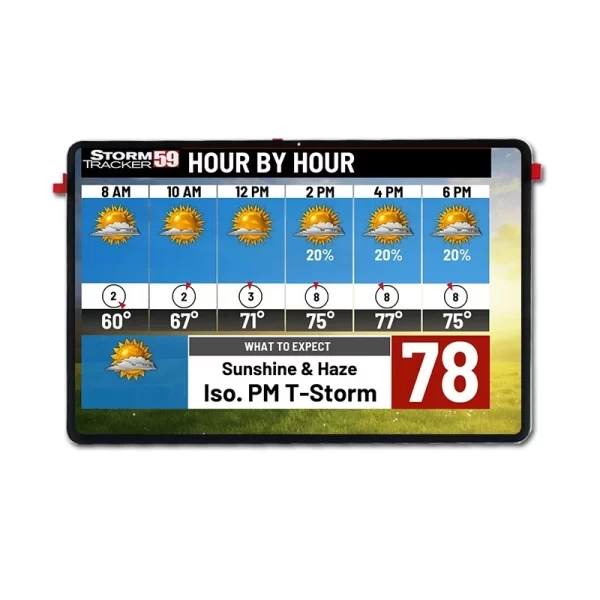
Durability and Specialized Use Cases
Fresh advances in AMOLED creation expand its role to plant fields. Traits cover bacteria-stop coatings for healthcare and IP67-rated shells for tough areas. Miqidisplay’s color AMOLED displays appear in rectangular, round, or strip forms. They supply 1,000,000:1 contrast ratios. These perform well for visual access controls or sun-visible dashboards.
Benefits and Negatives of TFT Displays
Advantages of TFT Displays
TFT displays secure solid places in plant systems due to powerful good points. The tech’s developed setup results in easy creation. It features high achievement levels and basic procedures that reduce errors.
This ease yields cheap costs. Panels arrive in diverse sizes—from 4.3-inch 480×272 modules for HMIs to 9-inch RGB industrial TN panels. Adjustment possibilities increase worth. TFT screens can be trimmed to suit housings without dropping function. They back stretched bar styles (16:3 aspect ratios) for signage or bar-type LCDs in Miqidisplay’s BOE-integrated solutions.
Moreover, TFT’s backlight maintains dependability in strong light. Sun-friendly versions reach 1,000 nits. Intelligent LED backlighting lowers energy draw. They conserve power for constant-run plant monitors. With over 500 models from Miqidisplay, groups can trial swiftly and expand with confidence.
Drawbacks of TFT Displays
Still, TFT technology shows flaws. Contrast amounts remain lower beside self-light screens. They usually peak at 1,000:1. This may produce faded blacks in dim settings.
Viewing angle restrictions—chiefly in TN panels—cause color reversals at sides. Furthermore, backlight scattering blocks total darkness when powered off. This damages appearance for high-end plans. Elements like dirt or vibrations might require added seals or housing supports.
Benefits and Negatives of AMOLED Displays
Advantages of AMOLED Technology
AMOLED displays deliver major shifts for plant designs that seek prime visual sharpness. Lacking a backlight drops power greatly—up to 30% less than TFT for shadowy pictures—by glowing only busy pixels.
Their extremely thin shape (often below 0.8mm, as in Miqidisplay’s 0.95-inch AMOLED 120×240) allows placement into bent vehicle interfaces, wearable gadgets, and tiny diagnostic instruments.
Visual superiority defines AMOLED: boundless contrast, bright colors, and 178° viewing angles stop color shifts. Rapid refresh and <1ms responses improve real-time tracking jobs. Miqidisplay’s flexible AMOLED modules join on-cell touch and strong-contrast viewing. They suit medical, security, or automation screens.
Drawbacks of AMOLED Technology
Flaws continue, however. Creation expenses keep high because of intricate organic stacks. They cost 20–50% more than TFT equals.
Durability (20,000–50,000 hours) falls behind TFT (50,000+ hours). Organic decay or burn-in may arise with time. AMOLED reacts to water and oxygen. It demands firm protection. Scale expansion limits to smaller shapes.
Super-TFT: An Enhanced Alternative
Introduction to Super-TFT (IPS)
Super-TFT, frequently named In-Plane Switching (IPS) TFT, solves many standard TFT troubles through improved pixel arrangement. This fresh method supplies greater contrast (up to 1,500:1) and broad viewing angles. It rivals AMOLED in precision without far higher prices.
Industrial Adoption and Cost Balance
Miqidisplay includes IPS in chosen models—like the 7-inch Innolux AT070TN94 (800×480)—built for outdoor HMIs and vehicle entertainment. IPS panels price 15–25% above TN types. Yet their anti-glare ability and steady brightness fit group, high-visibility spaces.
Along with Miqidisplay’s included driver boards, Super-TFT offers simple-install reliability across severe temperatures (-30°C to 85°C).
TFT vs AMOLED: Summary of Positives and Negatives
| Aspect | TFT (Positives) | TFT (Negatives) | AMOLED (Positives) | AMOLED (Negatives) |
|---|---|---|---|---|
| Manufacturing Efficiency | Mature processes, high yields | N/A | N/A | Higher production complexity |
| Cost | Very competitive | N/A | N/A | More expensive |
| Power Consumption | Adaptive backlighting | Backlight always draws power | No backlight, pixel-level control | Higher for bright content |
| Profile & Flexibility | Standard slimness | Bulkier than OLED | Ultra-slim, flexible | N/A |
| Viewing Angles | Improved in IPS | Color shift at extremes | All-around stability | N/A |
| Contrast & Color | Vibrant | Limited blacks | Infinite contrast, vivid | N/A |
| Lifespan & Durability | 50,000+ hours | N/A | N/A | 20,000–50,000 hours |
| Size Availability | Wide range | N/A | Compact, high-res only | Limited scaling |
| Off-State Appearance | N/A | Not fully black | True black | N/A |
This comparison stresses TFT’s power for budget-friendly, large-scale setups against AMOLED’s edge in premium, vision-vital spots. Aspects such as surroundings, durability needs, and power rules direct the ideal selection.
Conclusion: Choosing the Right Display for Industrial Design
Finally, selecting TFT or AMOLED relies on aligning performance stats, surroundings factors, and lifespan targets.
TFT continues as the primary force for versatile, sturdy layouts. AMOLED introduces current efficiency and style. As display improvements advance—guided by Miqidisplay’s engineering expertise and 90% on-time delivery—manufacturers can combine both technologies confidently to prepare products for tomorrow.
FAQ
What factors determine whether TFT or AMOLED is better for industrial control panels?
TFT matches budget-limited tasks with wide size selections and great strength. AMOLED excels in high-contrast, low-power jobs like portable diagnostics.
How do temperature tolerances compare between TFT and AMOLED displays? TFT panels from Miqidisplay operate steadily from -20°C to 70°C, perfect for plants. AMOLED versions handle similar spans but demand moisture barriers.
Can AMOLED displays be customized for automotive HMIs?
Yes. Miqidisplay’s flexible AMOLED modules support curved forms with 500 nits brightness and touch features for dashboards.
What is the typical lifespan difference between TFT and AMOLED?
TFT provides 50,000+ hours, exceeding AMOLED’s 20,000–50,000 hours. Fresh organic blends reduce this difference.
Are there cost-effective Super-TFT options for medical devices?
Miqidisplay supplies IPS Super-TFT displays with bacteria-resistant coatings and 1,000 nits brightness. They equalize price and clarity for surgical tasks.
Partner with Miqidisplay: Your Trusted Display Manufacturer and Supplier
As a leading TFT LCD and AMOLED display manufacturer and supplier, Miqidisplay supports industrial allies with accurately crafted modules for HMIs, IoT systems, and embedded devices.
With 10+ years of experience, TS-16949 certification, and access to over 200 countries, Miqidisplay delivers tailored fixes—from stretched bar TFT panels for digital signage to flexible color AMOLED modules for automotive consoles.
📩 Contact Miqidisplay today at mary@miqidisplay.com or through the online inquiry form to discuss project needs. Receive a custom quote and prototype within 48 hours. Turn your advanced industrial display into reality with proven dependability and fresh concepts.
